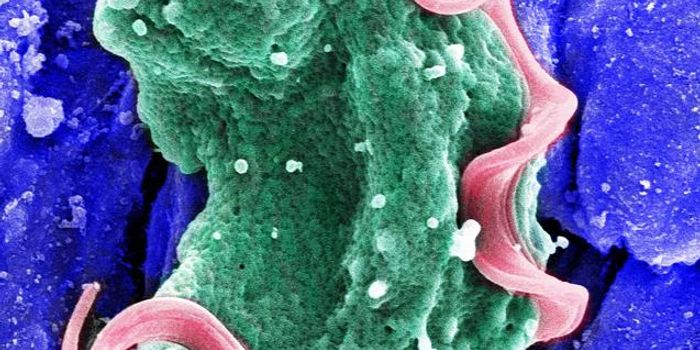Using diabetes medications on "blinding" headaches
Glucagon-like peptide (GLP) is a hormone produced in the intestine that is released in response to eating a meal. It is a physiological regulator of appetite and food intake, with signaling inside the brain as well. It also stimulates insulin secretion in the pancreas to empower cells to regulate blood sugar. GLP-1 receptor agonists are all the talk in the world of Type 2 Diabetes Mellitus (T2DM.) Specifically, Ozempic, a drug used to treat diabetes, has been all over social media due to its proven efficacy in facilitating weight loss.
GLP-1 receptors are all around in the human body, for example, activation of receptors in the kidney results in diuretic effects, which means it regulates electrolytes by controlling the fluid filtered through the kidney. GLP-1 receptors exist in the brain as well, and it has been shown that agonists at the receptor results in reducing fluid around the brain and spinal cord, cerebrospinal fluid (CSF) and also intracranial pressure (ICP) in rodents. ICP tends to be a hallmark diagnostic criterion that is elevated in idiopathic intracranial hypertension (IIH), and GLP-1 receptor agonists have shown to reduce ICP in IIH more than standard of care drugs.
Idiopathic intracranial hypertension is essentially when the CSF builds up in the skull resulting in extra pressure on the brain and optic nerve. This can result in headaches, ringing in the ears, and even temporary blindness.
Check out this in-depth explanation of idiopathic intracranial hypertension:
A group at the University of Birmingham in the UK conducted and published studies on women who met the diagnostic criteria for IIH. Their GLP-1 receptor agonist drug of choice was exenatide. They conducted a 28-day headache diary, collected various data point assessments including surgically implanted ICP monitor and blood samples, and were either allocated to the exenatide arm or to placebo arm. They found statistically significant and clinically significant data showing reduction in intracranial pressure in those treated with exenatide, and that this drug was relatively well-tolerated and safe.
This is the first randomized controlled clinical trial looking at the efficacy of a diabetes medication on headaches, and it is surely a monumental trial in the field of neurology and headaches.
References:
1 James L Mitchell, Hannah S Lyons, Jessica K Walker, Andreas Yiangou, Olivia Grech, Zerin Alimajstorovic, Nigel H Greig, Yazhou Li, Georgios Tsermoulas, Kristian Brock, Susan P Mollan, Alexandra J Sinclair, The effect of GLP-1RA exenatide on idiopathic intracranial hypertension: a randomized clinical trial, Brain, 2023;, awad003, https://doi.org/10.1093/brain/awad003
2 Holst JJ. The physiology of glucagon-like peptide 1. Physiol Rev. 2007;87(4):1409-1439. doi:10.1152/physrev.00034.2006
3 von Websky K, Reichetzeder C, Hocher B. Physiology and pathophysiology of incretins in the kidney. Curr Opin Nephrol Hypertens. 2014;23(1):54-60. doi:10.1097/01.mnh.0000437542.77175.a0








